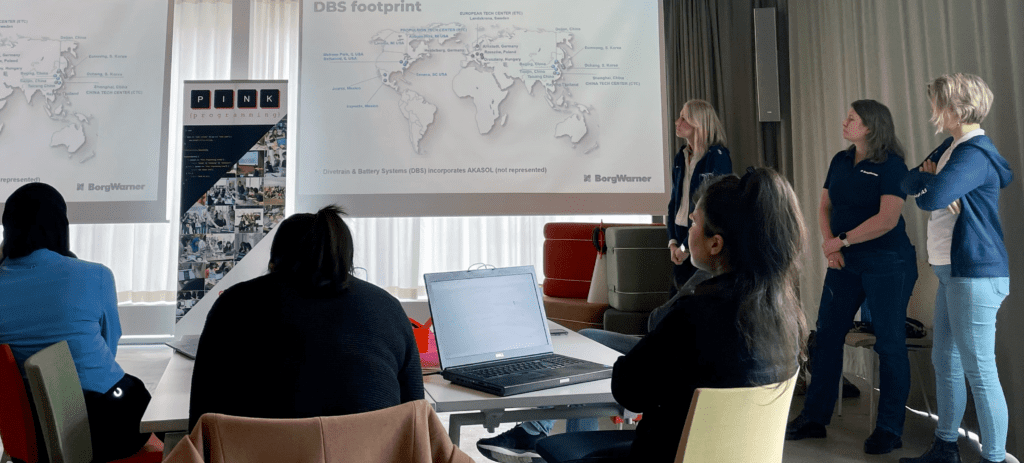We talked to Christine Jacobsson, software developer and responsible for Functional Safety at BorgWarner. Christine comments about the main safety trends she sees affecting automotive: Automotive SPICE framework gaining importance, Higher ASIL due to Electrical Vehicles and of course cybersecurity.
The more software and features, the more functions that need testing says functional safety engineer Christine Jacobsson. Christine has a vast software development experience ranging from ABB, Saab Kockums and now at BorgWarner. Adding new software driven features also add rigorous testing requirements. Christine Jacobsson lists the main safety trends she sees are on the uprising – and how they may affect the industry overall.
At BorgWarner Landskrona, I am responsible for the safety plan and the development of technical safety concepts according to safety goals from the customer following requirements in the automotive standard ISO 26262. We analyze failure modes and implement safety mechanisms to detect failures and mitigate risks and hazards. Typically, the goal is to minimize single points of failure and ensure that the system operates within acceptable risk levels according to the ASIL integrity.
In my work, I rely on software and electronics to monitor signals and confirm safety-related factors. However, the software can sometimes have blind spots. It’s essential to gather evidence, probability assessments, and quantifiable data to support our safety claims. Testing in automotive is generally demanding and resource-intensive, especially when all the equipment needs to be in place within a limited time constraint.
Having a rig that corresponds to the real system is ideal because the more you can simulate and test, the less physical equipment you need. Developers writing code without the ability to test and verify early is unwanted but not always easy to solve.
At BorgWarner our testing team is currently driving a major change towards test-driven development. Testing teams are now part of writing the requirements, ensuring all stakeholders get what they need according to EARS (Easy Approach to Requirements Syntax). Then throughout development they work in parallel, and we’ve seen great results including reduced lead time. We work according to ASPICE (i.e., performing unity test, integration test and qualification tests – and then on system level integration and qualification tests are made again). Testing starts from the smallest component up through the entire system with the aim to find any errors as early as possible.

Looking at these trends from an overview perspective – with all the added software-driven functionalities and automotive trends, combined with emerging requirements, laws, and quality guidelines – are end customers willing to pay for all the added work these functionalities require? I think we might see more counter trends of suppliers and OEMs needing either to drive prices up more to be able to test everything or that they will need to limit functionality.